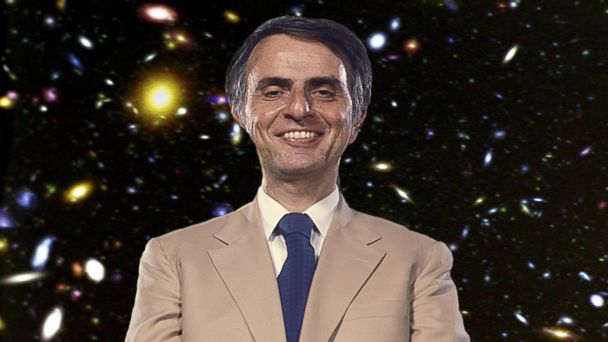Carl Sagan, Ansel Adams and the Clinton White House's Dead People Problem

Mickey Adair/Michael Ochs Archives/Getty Images
How do you solve a problem like the Presidential Medal of Freedom?
"We're having trouble thinking up great living people," Shelley N. Fidler, an aide in Bill Clinton's White House, wrote to a colleague in a 1997 memo floating the names of possible recipients of the medal, the country's most prestigious civilian honor.
According to Fidler's memo, one of thousands of pages of Clinton White House documents released on Friday, astronomer Carl Sagan - famous for popularizing science and space with his late 1970s television series, "Cosmos," books, speeches and other writings - was in contention for the medal.
"You know - they just renamed the place where the Rover landed the Carl Sagan Memorial Station," Fidler wrote to White House Staff Secretary Todd Stern in the July 7, 1997 message. "I wonder if that boosts Carl Sagan posthumously [sic] for a Medal of Freedom. You know he was one of the very first to sound the warning on climate as well."
Ultimately, however, the Clinton administration did not give Sagan, who had died a year earlier, the award.
Another name floated in the e-mail message: UC Irvine Professor Frank Sherwood Rowland, a Nobel laureate known for his research on environmental issues such as the depletion of the ozone layer.
"I think we already gave you Sherry Rowland - who won the Nobel for discovering the ozone hole but also is a notable on climate as well," Fidler wrote, adding the following selling point: "He's alive."
Fidler's final recommendation: "Another good dead person is Ansel Adams."
(Turns out Adams, the iconic photographer, already received the award from former President Jimmy Carter in 1980).
The conundrum the Clinton White House faced, according to Fidler: "We're having trouble thinking up great living people. I guess that's everyone's affliction these days."
Bill Clinton White House Floated Carl Sagan For Presidential Medal of Freedom